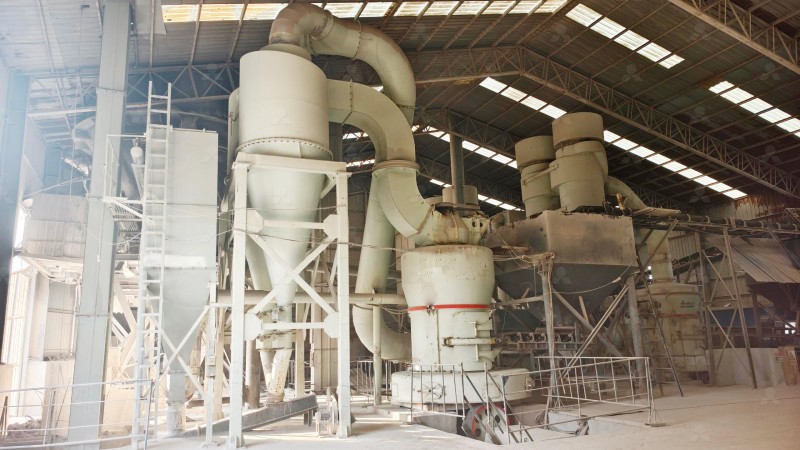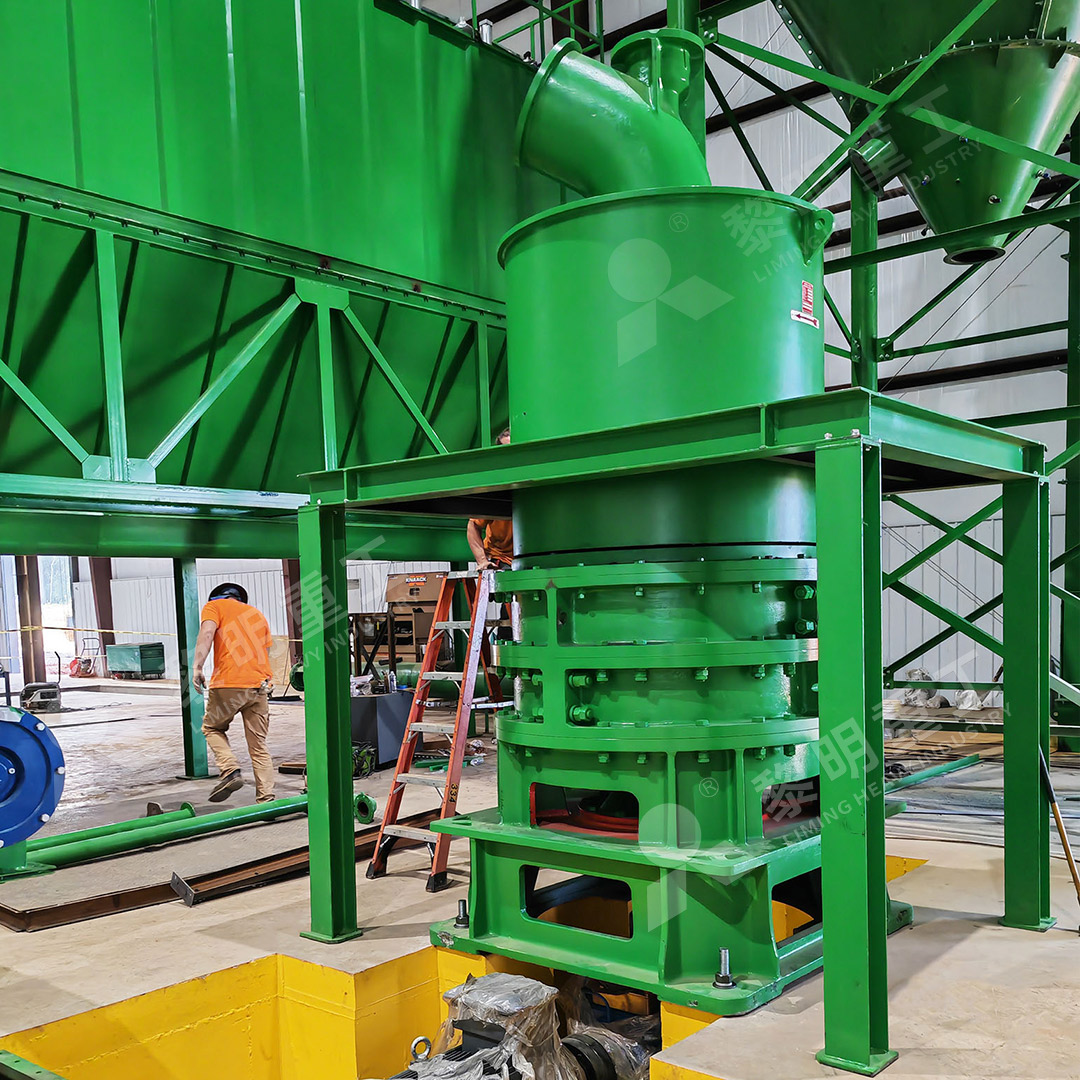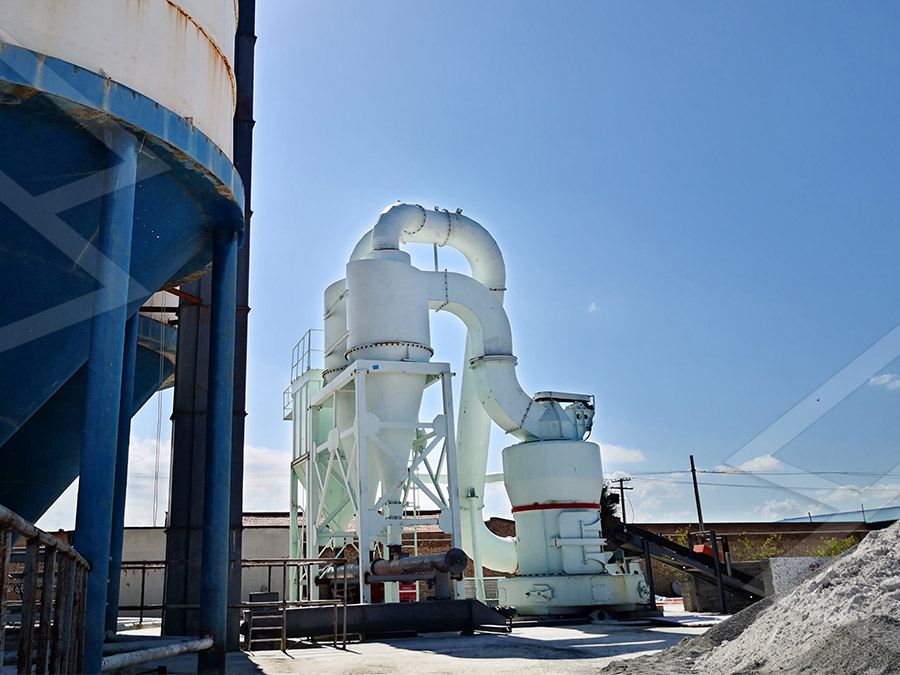Limestone Wet Grinding Mill: Efficient Pulverizing for Industrial Applications
Limestone Wet Grinding Mill: Efficient Pulverizing for Industrial Applications
In today’s demanding industrial landscape, achieving optimal particle size distribution while maintaining operational efficiency remains a critical challenge for processors handling limestone and other mineral materials. The transformation of raw limestone into precisely graded powders requires sophisticated milling technology capable of delivering consistent results across various industrial applications.

Modern limestone grinding operations demand equipment that can handle varying feed sizes while producing powders with specific mesh requirements. The evolution of grinding technology has moved beyond traditional ball mills to more sophisticated systems that offer greater control over particle size distribution, reduced energy consumption, and enhanced environmental compatibility.
The Critical Role of Advanced Grinding Technology
Industrial applications for ground limestone span multiple sectors including construction materials, chemical manufacturing, environmental remediation, and agricultural supplements. Each application demands specific particle characteristics that directly influence product performance and quality. The precision offered by contemporary grinding systems enables manufacturers to tailor their output to exact customer specifications.
Among the advanced solutions available, the MW Ultrafine Grinding Mill represents a significant technological advancement. Engineered for customers requiring ultra-fine powder production, this system handles input sizes from 0-20 mm with capacities ranging from 0.5 to 25 tons per hour. Its innovative design incorporates efficient pulse dust collection and noise reduction features, ensuring minimal environmental impact throughout the production process.
Technical Innovations Driving Efficiency
The MW Ultrafine Grinding Mill incorporates several proprietary technologies that distinguish it from conventional grinding systems. Newly engineered grinding curves for the roller and ring assembly enhance grinding efficiency substantially. Comparative performance data demonstrates a 40% higher production capacity than jet grinding mills and stirred grinding mills operating at identical fineness and power levels, while delivering twice the output of traditional ball grinding mills.

Perhaps most impressively, the system achieves these performance gains while reducing energy consumption to just 30% of comparable jet grinding mill systems. The cage-type powder selector, incorporating German technology, ensures precise powder separation with adjustable fineness between 325-2500 meshes. This flexibility allows operators to configure multi-head cage-type selectors according to specific requirements for yield, fineness, and sieving rate.
Operational Reliability and Environmental Compliance
The elimination of rolling bearings and screws within the grinding chamber addresses common failure points in traditional milling equipment. This design innovation eliminates concerns about bearing damage or seal failures, while preventing machine damage from loose fasteners. External lubrication points enable maintenance without production shutdowns, supporting continuous 24-hour operation.
Environmental considerations are integral to the MW Ultrafine Grinding Mill’s design. The integrated pulse dust collector ensures dust-free operation throughout the milling system, while silencers and noise elimination rooms maintain workplace noise at acceptable levels. The entire production system complies with national environmental protection standards, addressing growing regulatory requirements for industrial operations.
For operations requiring vertical grinding solutions, the LUM Ultrafine Vertical Grinding Mill offers complementary capabilities with input sizes of 0-10 mm and capacities of 5-18 tph. This system incorporates the latest Taiwanese grinding roller technology and German powder separating technology, providing an integrated approach to ultrafine powder grinding, grading, and transporting.

Application Versatility Across Industries
The applications for advanced limestone grinding extend beyond traditional construction materials to include calcite, dolomite, petroleum coal, gypsum, barite, marble, talc, and various chemical industry applications including paints, cosmetics, pharmaceuticals, and food additives. This breadth of application underscores the importance of precise particle control across diverse industrial sectors.
Frequently Asked Questions
What is the typical particle size range achievable with modern limestone grinding mills?
Advanced systems like the MW Ultrafine Grinding Mill can produce particles ranging from 325 to 2500 meshes, with screening rates achieving d97≤5μm in a single pass.
How do modern grinding systems address environmental concerns?
Contemporary designs incorporate pulse dust collectors, silencers, and sealed systems that operate under negative pressure to prevent dust emissions while reducing noise pollution significantly.
What maintenance advantages do newer grinding mills offer?
Innovations like external lubrication systems, reversible structures for easy roller maintenance, and the elimination of internal bearings and screws reduce downtime and simplify maintenance procedures.
Can grinding mills handle variations in raw material characteristics?
Yes, advanced systems feature adjustable grinding pressure, rotational speed controls, and customizable powder selectors to accommodate variations in material hardness, moisture content, and desired output specifications.
What energy efficiency improvements have been achieved in recent grinding technology?
Modern mills like the MW series demonstrate energy consumption reductions of 30-50% compared to traditional systems, achieved through optimized grinding curves, efficient powder separation, and reduced mechanical resistance.
